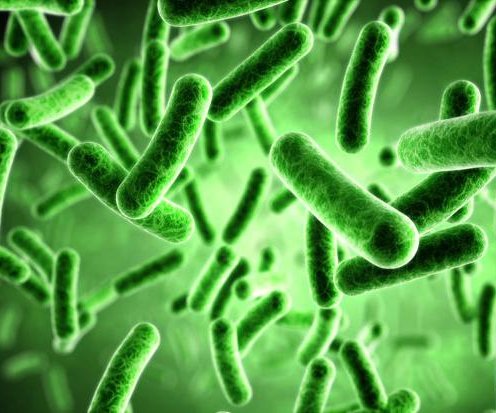What's Researching Microbiology

- it's a microorganism science, i.e. organisms that are so small that they can only be seen with microscopes. These include bacteria, viruses, mushrooms and protests, such as simple and microscopic algae. The classification and some basic characteristics of these organisms are given in Chapter 2.
Micro-organisms Extremely diverse and present enormous potential for human use. Under suitable conditions, they grow rapidly and multiplied, consumed and produced a wide range of chemical compounds. It is this multilateralism that makes them so useful. With genetic engineering, they can even be made to produce non-real products such as insulin. While the use of micro-organisms by man seems to be still beginning, there has been considerable progress in this area. The use of micro-organisms and other biological objects for the benefit of human beings can be described in one word: biotechnology.
What's biotechnology?
- the use of organisms, biological systems or biological processes in industrial production. Not only are micro-organisms used in biotechnology. In fact, any production based on the biological process can be considered as biotechnology. This could include genetic engineering and cloning of agricultural plants and animals. Examples of biotechnology are given in the figure.
Biotechnology Not only is it possible to obtain products important to humans, such as ethyl alcohol, beer or insulin hormones. Examples of biotechnologies are also wastewater treatment, solid waste treatment or the identification of biosensor pollution. The process is more important than the final product.
Broader biotechnology can be defined as the use of living organisms for human needs. Thus, biotechnology can in principle be characterized by the development and improvement of agricultural animals, such as cattle and pigs, as well as plants such as wheat or potatoes. For these purposes, new genetic engineering techniques are particularly important, as they allow for the provision of new desired characteristics to live organisms much more accurately and faster than traditional breeding methods.








